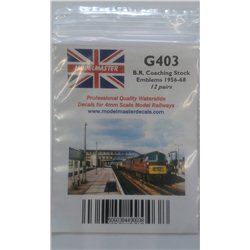Cross lock tweezers are for all intense purposes regular tweezers, they are roughly the same size and are used for...
No products
Product successfully added to your shopping cart
There are 0 items in your cart. There is 1 item in your cart.
Search Tips
Christmas and New Year
We are dispatching orders every weekday apart from Christmas Day, Boxing Day and New Year's Day.
If you order is time critical, select next day delivery at checkout.
The shop in Sandown is closed from 25th December, reopening on 30th December.
What is meant by the term DMU?
A DMU (Diesel Multiple Unit) refers to a type of self-propelled railway vehicle that is powered by one or more diesel engines. Unlike traditional locomotives, DMUs do not require a separate locomotive to pull them and can operate as a standalone unit.
DMUs typically consist of one or more passenger carriages or coaches, which are mounted on a shared chassis. The diesel engines and transmission are housed within the chassis, providing power to the wheels.
DMUs are commonly used on local or commuter rail services and are known for their flexibility and efficiency. They are often used on routes with multiple stops or low passenger demand, as they can be easily and cost-effectively reconfigured to match the required service level.
In model railway terms, DMUs are a popular subject for modelling and are available in a variety of scales and styles. They can be used to create realistic modern railway scenes and are often seen on layouts that feature multiple stops or stations.
Click here to receive the tips weekly in your mailbox. You can unsubscribe at any time.








